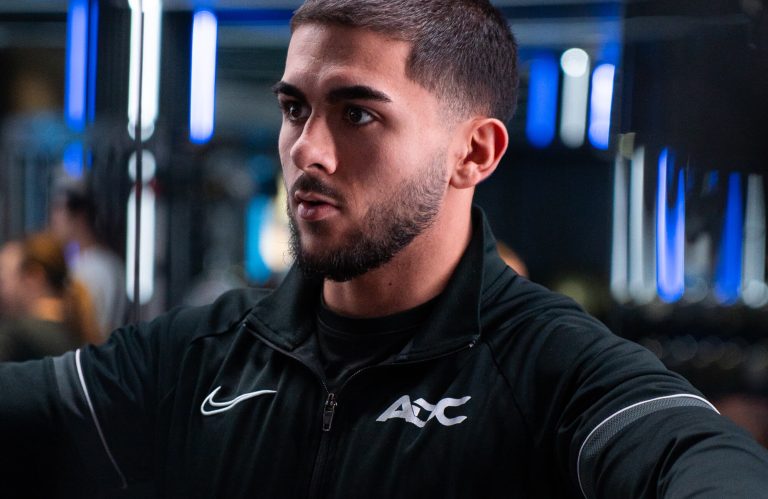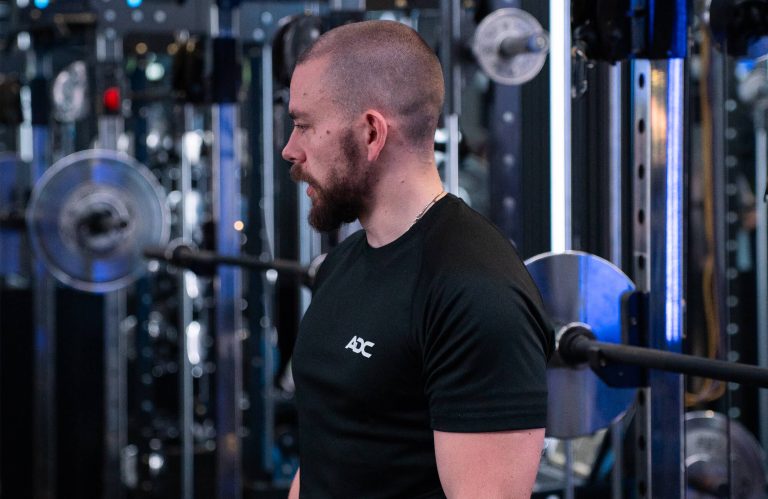Creating a sustainable meal plan isn’t about perfection, it’s about consistency, clarity and long-term thinking. Whether your goal is to build muscle or lose fat, understanding what you want to achieve is the first and most important step. Trying to do both simultaneously is a common pitfall, so be honest with yourself, do you want to gain muscle first or drop body fat? Once you know, everything else becomes easier to structure.
If fat loss is your priority, you’ll need to follow a caloric deficit, eating fewer calories than you burn. If muscle gain is the goal, a caloric surplus, eating more than you burn, is necessary. It’s important to accept that losing some muscle during fat loss or gaining a bit of fat during muscle building is normal. This back-and-forth approach, often referred to as “bulking and cutting” is how many people effectively reshape their body composition over time.
The key to making this work lies in understanding and balancing your macronutrients (proteins, carbohydrates and fats). Protein helps build and maintain muscle, carbs fuel your workouts and day-to-day activity, while fats support long-term energy needs and vitamin absorption. Knowing your calorie and macro targets (which vary based on factors like weight, height and training frequency) makes it much easier to plan meals that align with your goals.
That said, realism beats rigidity. If your meal plan is too strict or unenjoyable, it won’t last. Focus on meals you genuinely like and find ways to make them healthier, perhaps swapping certain ingredients or adding in more whole foods. Over time, as you discover more enjoyable, nutrient-rich meals, variety becomes easier.
A great starting guideline is the 80/20 rule: aim for 80% whole and nutritious foods and leave 20% for treats or social meals. This balance makes healthy eating feel far more sustainable and less like punishment.
Don’t forget hydration. Your body needs water to function optimally. Bored of plain water? Add a slice of lemon or cucumber for a refreshing twist.
Lastly, using a food tracking app can be a game changer for keeping an eye on caloric consumption. Not only does it keep you accountable, but it also opens your eyes to how easily snacks and extras can add up. It’s a powerful tool that can be utilised to help you stay on course and meet your goals.





